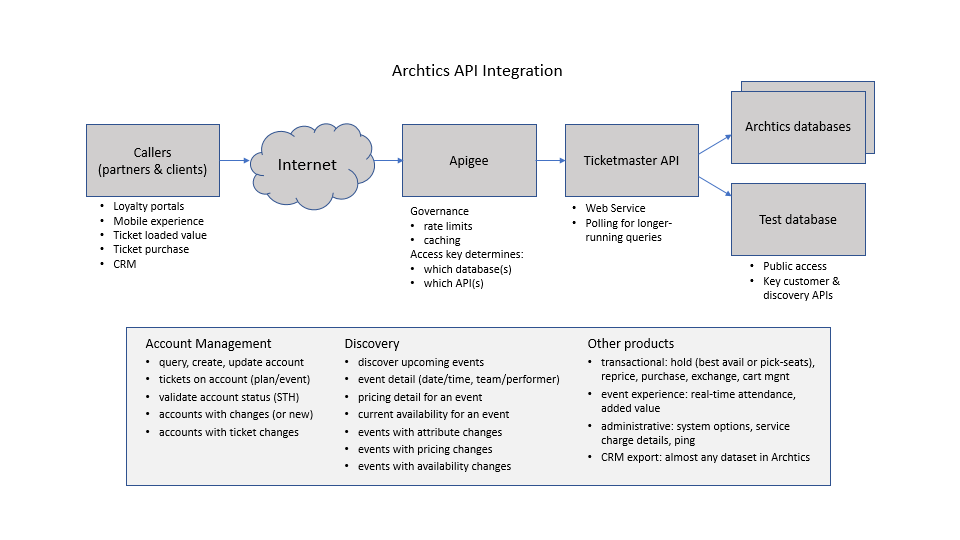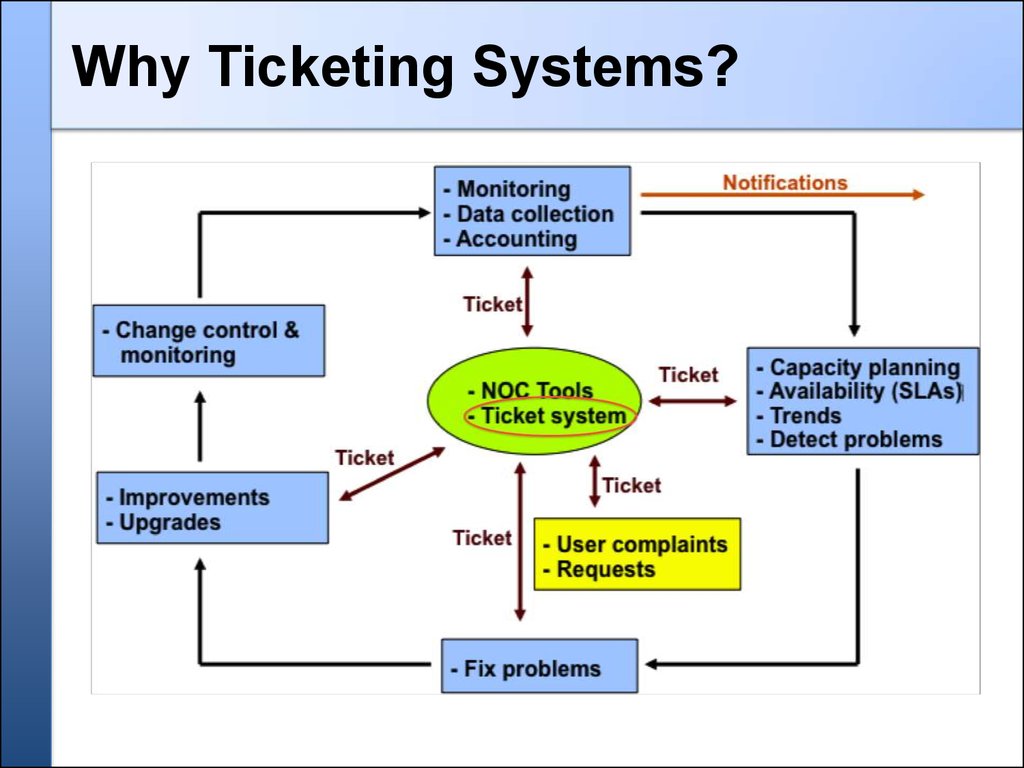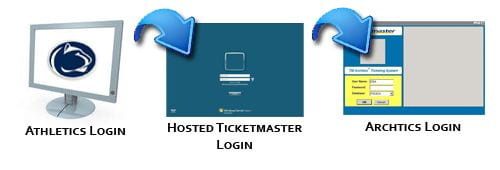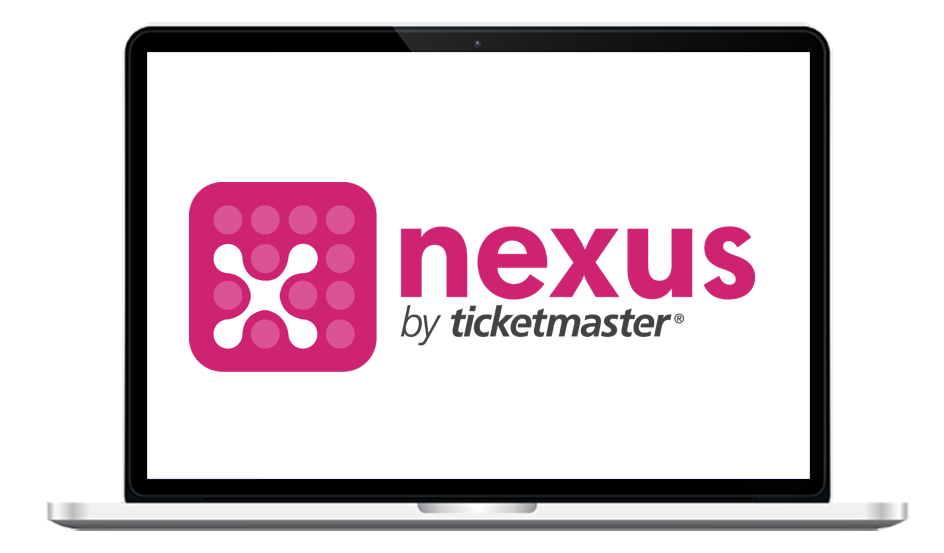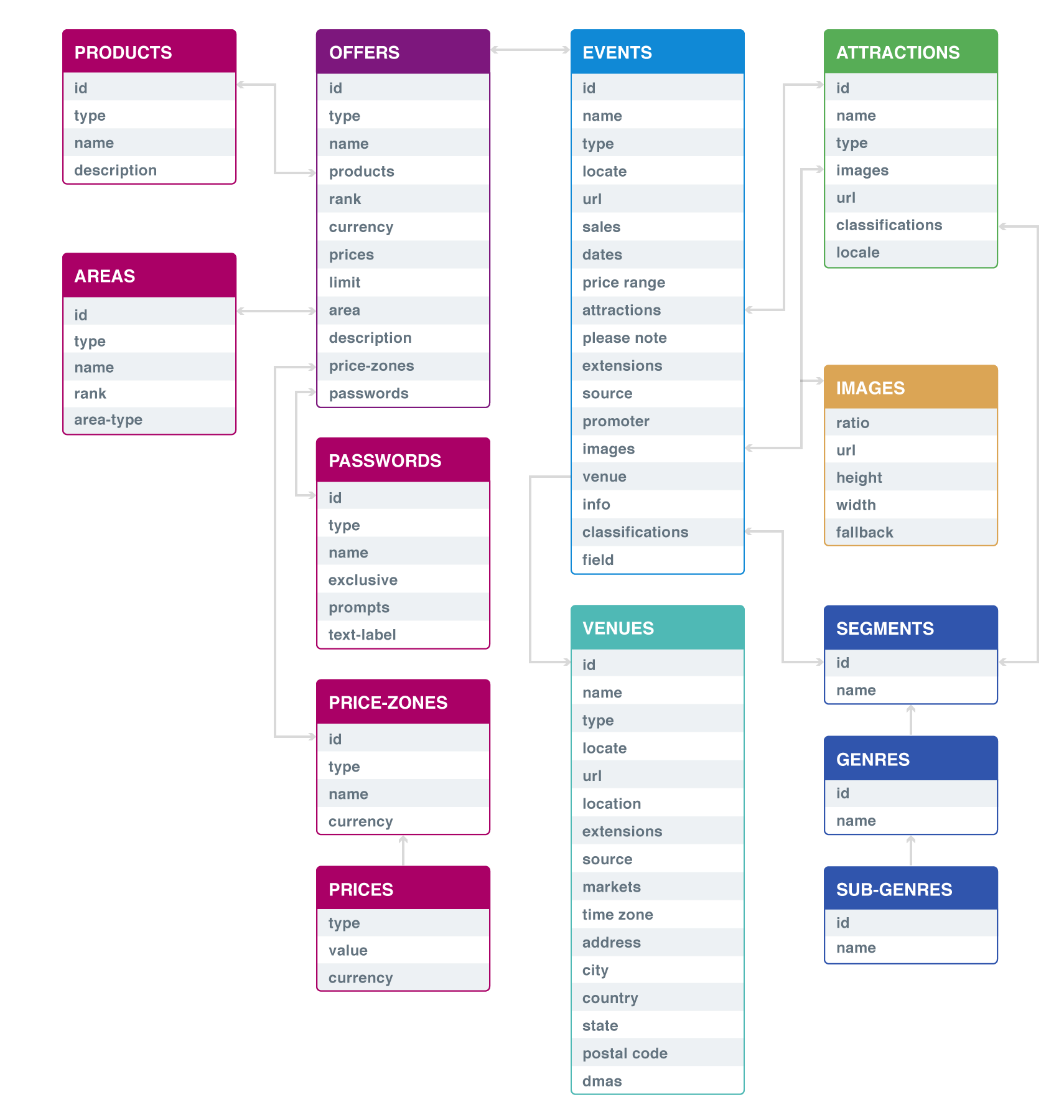Ticketmaster Archtics Ticketing System

The Ticketmaster Archtics ticketing system, a cornerstone of the live event industry, faces increasing scrutiny amidst ongoing debates about ticket pricing, accessibility, and market dominance. For decades, this system has powered ticket sales for countless events, from concerts and sporting games to theater performances and cultural festivals. However, criticisms regarding its complexity, costs, and perceived lack of transparency have intensified, leading to calls for reform and alternative solutions.
This article delves into the intricacies of the Archtics system, exploring its history, functionality, and the controversies surrounding its implementation. It will examine the perspectives of stakeholders, including Ticketmaster, event organizers, consumers, and industry experts, to provide a balanced overview of the system's impact and future trajectory.
Archtics: A Deep Dive
Ticketmaster's Archtics is a comprehensive ticketing platform designed to manage the entire ticket lifecycle, from initial sale to post-event reporting. The system handles everything from seat mapping and pricing configurations to order processing, payment management, and mobile ticket delivery.
It's used by a vast network of venues, promoters, and sports teams globally. This widespread adoption has solidified Ticketmaster's position as a dominant player in the live event ticketing market.
Key Features and Functionality
Archtics provides various features. These features are dynamic pricing, which allows prices to fluctuate based on demand, and integrated CRM tools for managing customer data.
It also has robust reporting capabilities that provide detailed sales analytics and inventory management. The system's scalability is a major draw for large venues and high-demand events.
Furthermore, its security measures, including fraud detection and anti-scalping technologies, are designed to protect both buyers and sellers.
Controversies and Criticisms
Despite its advanced features, Archtics has faced substantial criticism. Many consumers complain about high fees, which can significantly increase the overall cost of tickets.
The lack of transparency in pricing algorithms, particularly regarding dynamic pricing, is another major point of contention. Critics argue that this system can exploit consumer demand, leading to exorbitant prices.
Furthermore, concerns about Ticketmaster's market dominance and its impact on smaller venues and independent artists are ongoing. Some believe that the company's control over the ticketing infrastructure stifles competition and limits consumer choice.
The Dynamic Pricing Debate
Ticketmaster's dynamic pricing model, also known as "verified fan" pricing, has been particularly controversial. While the company argues that it helps artists capture revenue that would otherwise go to scalpers, many fans see it as price gouging.
"Dynamic pricing is a mechanism that aligns ticket prices with market value, ensuring that more revenue goes to the artists and teams, rather than third-party resellers," Ticketmaster has stated in response to criticism.
However, critics argue that the system is often opaque and unpredictable, making it difficult for fans to budget for events. They also point out that it can lead to situations where tickets become unaffordable for average fans.
Alternative Solutions and Future Trends
The controversies surrounding Archtics have spurred the development of alternative ticketing platforms. These platforms often prioritize transparency, lower fees, and fairer access to tickets.
Blockchain-based ticketing solutions are emerging as a potential disruptor, offering enhanced security and eliminating the need for intermediaries. Some artists and venues are experimenting with these new technologies.
Additionally, there's growing pressure on governments to regulate the ticketing industry and protect consumers from unfair practices. This includes calls for greater transparency in pricing and stricter enforcement of anti-scalping laws.
Ultimately, the future of ticketing will likely involve a combination of technological innovation, regulatory oversight, and a greater focus on consumer needs. As the live event industry continues to evolve, the pressure to address the shortcomings of existing systems like Archtics will only intensify.

